-
 bitcoin
bitcoin $122288.232522 USD
0.16% -
 ethereum
ethereum $4480.662914 USD
-0.22% -
 xrp
xrp $2.962747 USD
-2.32% -
 tether
tether $1.000120 USD
-0.05% -
 bnb
bnb $1145.654223 USD
-2.07% -
 solana
solana $227.105217 USD
-1.67% -
 usd-coin
usd-coin $0.999548 USD
-0.02% -
 dogecoin
dogecoin $0.250875 USD
-2.04% -
 tron
tron $0.340654 USD
-0.49% -
 cardano
cardano $0.837968 USD
-2.52% -
 hyperliquid
hyperliquid $48.960449 USD
0.06% -
 chainlink
chainlink $22.049280 USD
-1.33% -
 ethena-usde
ethena-usde $1.000404 USD
0.02% -
 sui
sui $3.586212 USD
0.20% -
 avalanche
avalanche $29.894916 USD
-4.18%
What to do if your crypto transaction is stuck
A stuck crypto transaction usually results from low fees or network congestion, but you can resolve it via RBF, speed-up tools, or rebroadcasting with a higher fee.
Sep 18, 2025 at 05:55 am
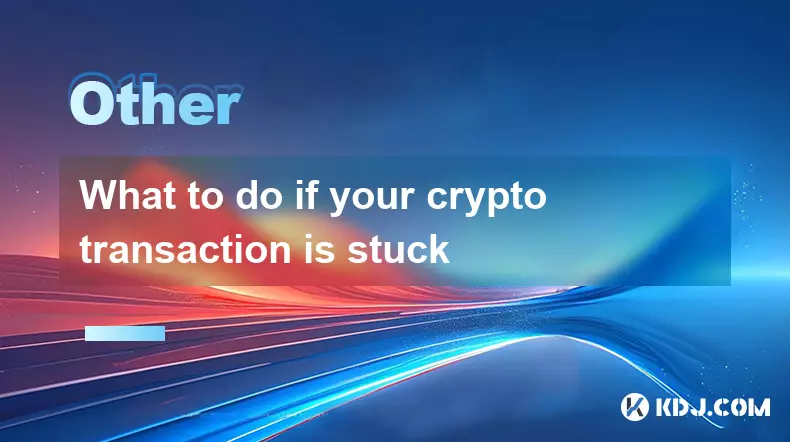
Understanding Why Crypto Transactions Get Stuck
1. Network congestion often leads to delayed transaction confirmations. When too many users send transactions simultaneously, the blockchain becomes overloaded, causing delays. Miners prioritize transactions with higher fees, leaving low-fee transactions waiting in the mempool.
2. Setting a low transaction fee is one of the most common reasons for a stuck transaction. Each blockchain has a fee market, and if your fee is below the current average, miners may ignore your transaction.
3. Wallets sometimes estimate fees inaccurately, especially during volatile network conditions. This can result in transactions being broadcast with insufficient gas or sat/vbyte, making them unattractive to validators.
4. Some blockchains, like Bitcoin and Ethereum, have variable block times and limited block space. During peak usage, even moderately priced transactions can experience long confirmation times.
5. In rare cases, software bugs or incorrect transaction formatting can cause a transaction to be invalid or rejected, making it appear stuck when it’s actually failing silently.
How to Check the Status of Your Stuck Transaction
1. Use a blockchain explorer such as Etherscan for Ethereum or Blockchain.com for Bitcoin. Enter your transaction hash (TXID) to see its current status—pending, confirmed, or dropped.
2. Look for indicators like 'pending' or 'mined in block.' If it’s pending for hours or days, it’s likely stuck due to low fees.
3. Check the current average transaction fee on the network. Tools like GasNow (for Ethereum) or BitInfoCharts (for Bitcoin) provide real-time fee data to compare against your transaction.
4. Monitor the mempool size. A large mempool indicates high congestion. Websites like mempool.space show how many transactions are queued and their respective fees.
5. Confirm whether your wallet has a feature to view unconfirmed transactions. Some wallets display a 'replaceable' or 'accelerate' option if the transaction was sent with Replace-By-Fee (RBF) enabled.
Methods to Resolve a Stuck Transaction
1. If your wallet supports Replace-By-Fee (RBF), you can increase the transaction fee and rebroadcast it. This replaces the original transaction with a new one offering higher incentives to miners.
2. For Ethereum and EVM-compatible chains, use the 'Speed Up' function in wallets like MetaMask. This resubmits the same transaction with a higher gas price, helping it get confirmed faster.
3. If RBF is not enabled, you may need to use a 'double spend' technique by sending a new transaction with the same nonce but a higher fee. This requires manual configuration in advanced wallet settings.
4. Some services offer transaction acceleration. Mining pools like BTC.com or ViaBTC allow users to submit stuck transactions for faster processing, though availability and success vary.
5. Wait it out. If the network clears and your fee is slightly below average, the transaction may eventually confirm—though this could take days or even weeks.
Frequently Asked Questions
Can a stuck transaction be canceled completely?Yes, if the transaction is still pending and your wallet supports RBF or custom nonce management, you can replace it with a zero-value transaction to the same address using a high fee. This effectively cancels the original.
What happens if a transaction remains stuck for over a week?Most networks will eventually drop the transaction from the mempool if it’s not confirmed. After being dropped, the funds return to your wallet, and you can resend with a proper fee.
Does a stuck transaction mean my funds are lost?No. As long as the transaction hasn’t been confirmed, the funds are not deducted from your balance. They only appear as 'pending' or 'in progress' and will return if the transaction fails or is dropped.
Can I contact the blockchain network to fix my transaction?No. Blockchains are decentralized and immutable. No central authority can intervene. Resolution must come from the user through fee adjustments or network-based tools.
Disclaimer:info@kdj.com
The information provided is not trading advice. kdj.com does not assume any responsibility for any investments made based on the information provided in this article. Cryptocurrencies are highly volatile and it is highly recommended that you invest with caution after thorough research!
If you believe that the content used on this website infringes your copyright, please contact us immediately (info@kdj.com) and we will delete it promptly.
- BlockDAG, DOGE, HYPE Sponsorship: Crypto Trends Shaping 2025
- 2025-10-01 00:25:13
- Deutsche Börse and Circle: A StableCoin Adoption Powerhouse in Europe
- 2025-10-01 00:25:13
- BlockDAG's Presale Buzz: Is It the Crypto to Watch in October 2025?
- 2025-10-01 00:30:13
- Bitcoin, Crypto, and IQ: When Genius Meets Digital Gold?
- 2025-10-01 00:30:13
- Stablecoins, American Innovation, and Wallet Tokens: The Next Frontier
- 2025-10-01 00:35:12
- NBU, Coins, and Crypto in Ukraine: A New Yorker's Take
- 2025-10-01 00:45:14
Related knowledge
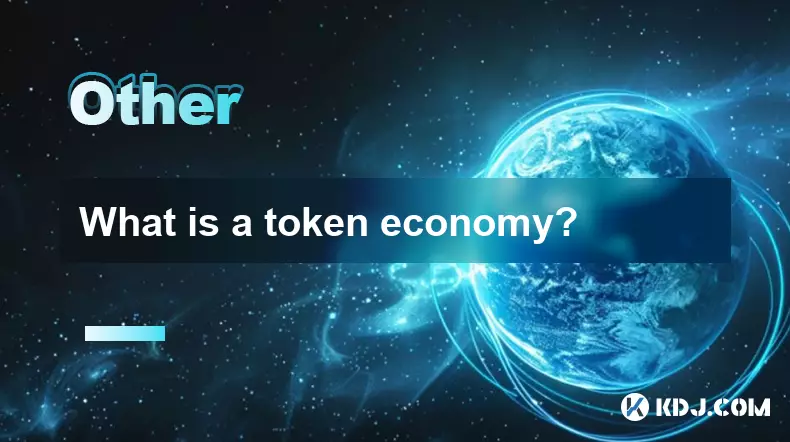
What is a token economy?
Sep 20,2025 at 12:18am
Understanding the Foundations of a Token Economy1. A token economy in the context of cryptocurrency refers to a system where digital tokens are used a...
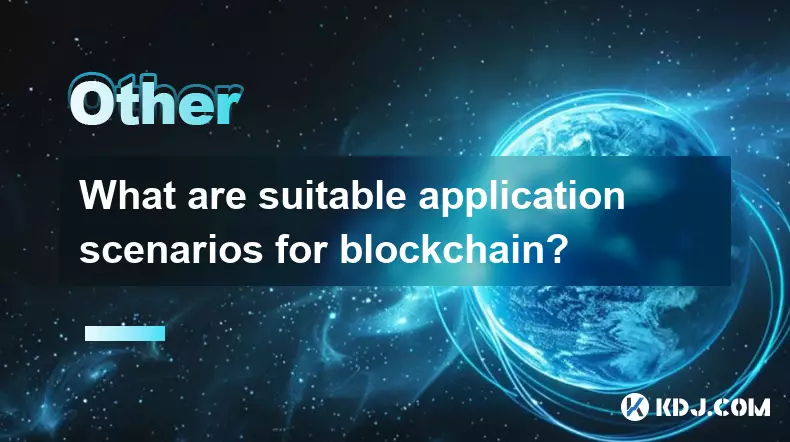
What are suitable application scenarios for blockchain?
Sep 20,2025 at 03:19am
Decentralized Finance (DeFi) Platforms1. Blockchain enables the creation of financial services without centralized intermediaries, allowing users to l...
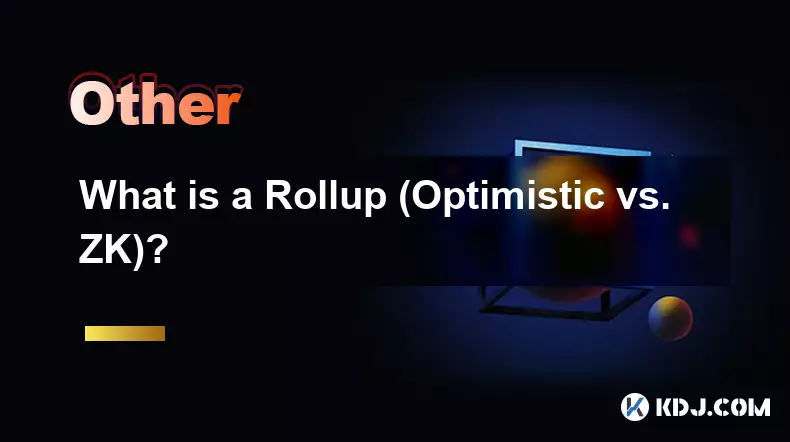
What is a Rollup (Optimistic vs. ZK)?
Sep 22,2025 at 03:00pm
Understanding Rollups in Blockchain Technology1. Rollups are layer-2 scaling solutions designed to increase transaction throughput on blockchains like...
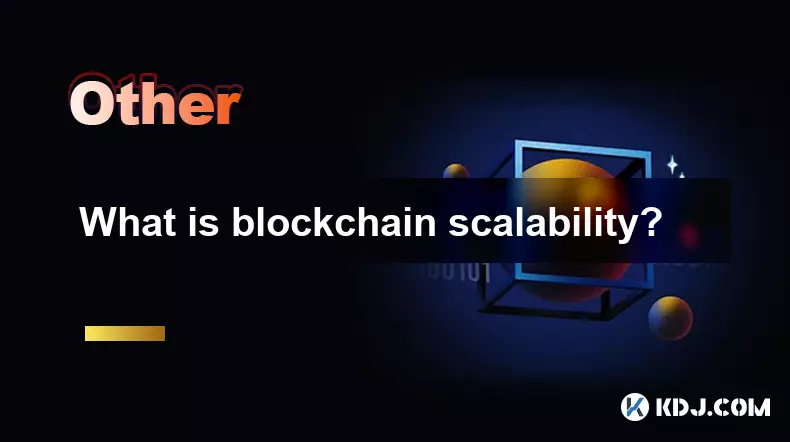
What is blockchain scalability?
Sep 19,2025 at 06:18am
Understanding Blockchain Scalability1. Blockchain scalability refers to a network's ability to handle an increasing number of transactions without com...
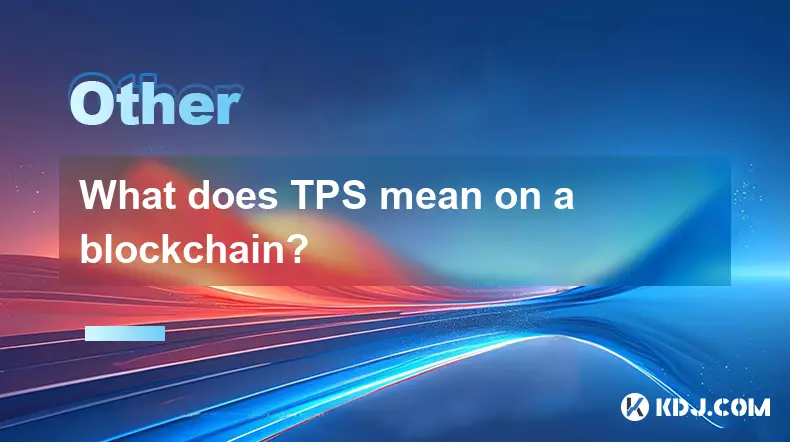
What does TPS mean on a blockchain?
Sep 21,2025 at 09:54am
Understanding TPS in Blockchain Technology1. TPS stands for Transactions Per Second, a metric used to measure the number of transactions a blockchain ...
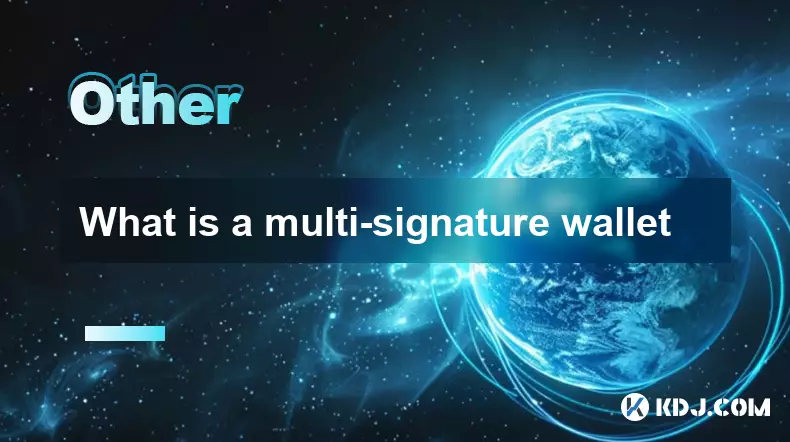
What is a multi-signature wallet
Sep 20,2025 at 07:00am
Understanding Multi-Signature Wallets in Cryptocurrency1. A multi-signature wallet, often referred to as a multisig wallet, is a type of cryptocurrenc...

What is a token economy?
Sep 20,2025 at 12:18am
Understanding the Foundations of a Token Economy1. A token economy in the context of cryptocurrency refers to a system where digital tokens are used a...

What are suitable application scenarios for blockchain?
Sep 20,2025 at 03:19am
Decentralized Finance (DeFi) Platforms1. Blockchain enables the creation of financial services without centralized intermediaries, allowing users to l...

What is a Rollup (Optimistic vs. ZK)?
Sep 22,2025 at 03:00pm
Understanding Rollups in Blockchain Technology1. Rollups are layer-2 scaling solutions designed to increase transaction throughput on blockchains like...

What is blockchain scalability?
Sep 19,2025 at 06:18am
Understanding Blockchain Scalability1. Blockchain scalability refers to a network's ability to handle an increasing number of transactions without com...

What does TPS mean on a blockchain?
Sep 21,2025 at 09:54am
Understanding TPS in Blockchain Technology1. TPS stands for Transactions Per Second, a metric used to measure the number of transactions a blockchain ...

What is a multi-signature wallet
Sep 20,2025 at 07:00am
Understanding Multi-Signature Wallets in Cryptocurrency1. A multi-signature wallet, often referred to as a multisig wallet, is a type of cryptocurrenc...
See all articles










































































